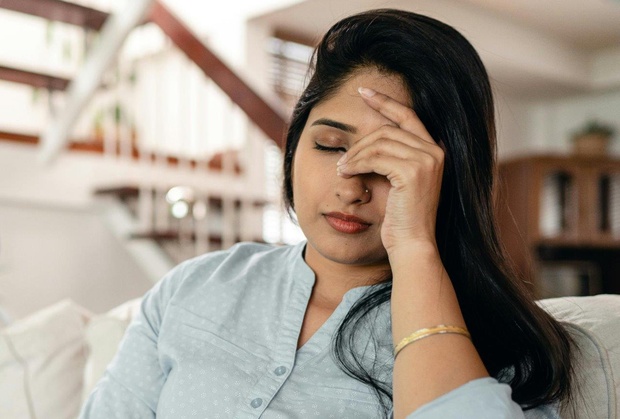Some teachers are being sent hundreds of emails a day by parents, being threatened over decisions about a child, and physically intimidated.
Those are just some of the concerns teachers have reported to the Queensland Education Department as it deploys a new social media campaign to crack down on the scourge of abuse.
“This is unacceptable,” education minister Di Farmer told reporters on Monday.
“This is a workplace and these people need to feel safe in their workplace.”
Farmer said many teachers have received veiled threats like “you better watch out” while staff have been verbally abused on school grounds.
Criminal charges such as stalking have been laid against some parents, Farmer said.
Queensland Teachers’ Union president Cresta Richardson said teachers no longer felt safe at school as a result of the abuse.
“This is from prep through to Grade 12 because of incidences of physical assault or psychosocial incidences in our classrooms,” she said.
“Oftentimes our members don’t feel safe, and we want our members to feel safe.”
It is not just parents responsible for the abuse but student behaviour is also escalating.
The concerning findings echo research recently undertaken in South Australia, which found that female teachers who face misogynistic behaviour and verbal abuse from boys are being gaslit by disbelieving parents and silenced by school leaders when they raise the issue.
University of Adelaide researcher Dr Samantha Schulz told EducationHQ in August that her study, involving an anonymous survey on the Teachers of Adelaide Facebook group and ten in-depth interviews, had unearthed a troubling ‘bystander inaction’ scene in schools, with many teachers reporting the problem is downplayed and swept under the carpet.

Teachers and school leaders are in need of policy frameworks to address gender-based violence in schools, according to one expert.
Schulz said some female teachers had left schools after enduring abuse and harassment from male students in workplaces that did little to support them.
“In one site, three young female teachers left in the same week, and the rest of the staff were told, ‘don't talk about it, just carry on as usual’,” Schulz said.
“And so, the message that the young people are receiving is that you can engage in these behaviours, and there’s not going to be a strong, clear, consistent counterpoint or boundaries.”
In 2023, more than 76,000 Queensland kids were suspended for up to 10 days with 3000 children to 20 days.
The violence and harassment facing teachers have led to more workers’ compensation claims being made in the state.
As of March this year, workers’ compensation claim data showed teachers and other education staff have been paid $48 million for physical injury and $23 million for psychological injury in the last financial year.
Richardson said the claims are a result of a multitude of issues facing the teaching workforce in the state.
“We have a system that has significant teacher shortages, we have significant workload issues, we have incidences of occupational violence and concerns around some student behaviour in our schools,” she said.
“That will lead to an increase in burnout for our (teachers).”
The “No excuse for school abuse” campaign aims to make it clear the Government will not tolerate any level of physical, verbal, or online abuse in schools.
The Liberal National Party said the Government had failed teachers with the rise in violence at schools.
“All teachers, students, parents and school staff should feel safe in schools, and feel safe in their workplace,” shadow education minister Christian Rowan said.
“There must be a zero-tolerance approach to violence in our schools.”
The escalation in violence against teachers is a national problem, Richardson said.
Data from NSW revealed a total of 59,814 suspensions were issued to students last year, either for unacceptable risk to the safety and health of others or for actual harm.
Of the suspensions given for unacceptable risk to health and safety, 29 per cent were for aggressive behaviour, 5 per cent for physical violence and 3 per cent were verbal abuse.
(with AAP)














